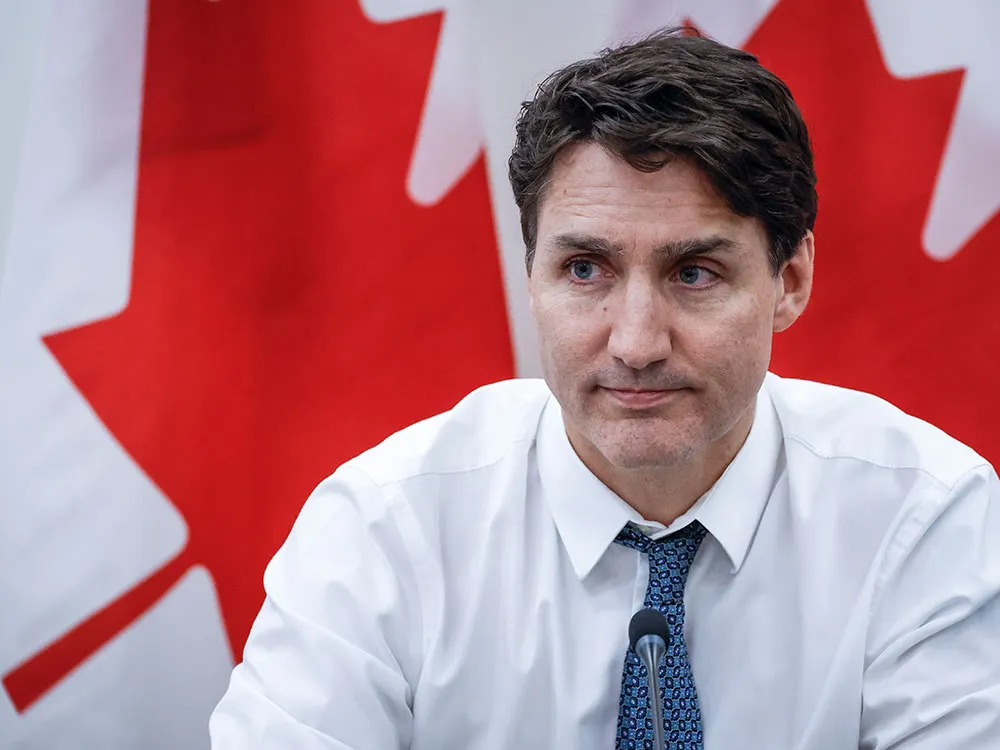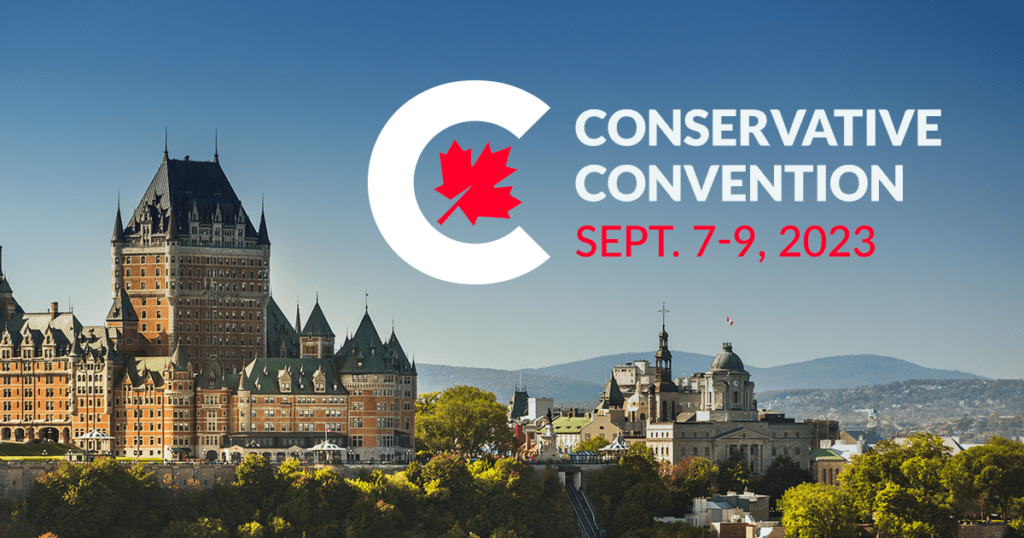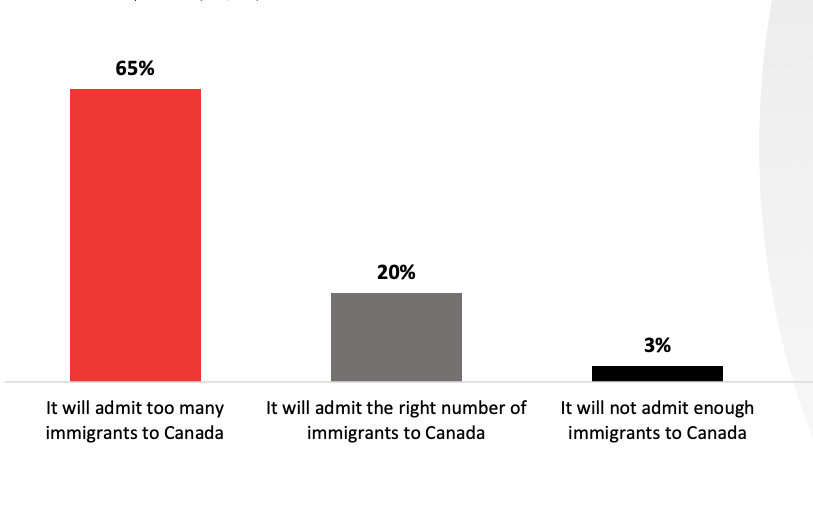Federal macroeconomic policy in Canada primarily involves fiscal policy (government spending and taxation, managed by the federal government) and monetary policy (interest rates and money supply, managed by the Bank of Canada). The Keynesian government spending pursued by Trudeau Senior and Junior could be seen as a frightening fiscal Frankenstein, which instead of reviving a dead economy back to life, resulted in high unemployment and inflation. On the flip side, Chretien and Harper’s Monetarist approach brought economic growth and stability.
The Goal of Macroeconomic Policy: Don’t Spook!
The goal of macroeconomic policy is to maintain economic stability, low inflation, sustainable growth, and low unemployment. The current Liberal government is failing by every metric.
Canada is in a place of economic uncertainty and instability. In addition to Canada’s unemployment increasing to 7.1%, nearly 47% of Canada Pension Plan (CPP) assets are invested in the United States — the highest level ever.
This is especially concerning given the prospect of the AI bubble bursting in the US. Without data centres, United States GDP growth was just 0.1% in the first half of 2025. From a soft economic lens, it is difficult to see how data centres and AI enhance people’s lives in concrete, tangible ways. By 2030, AI companies will need US$2 trillion in combined annual revenue to fund the computing power needed to meet projected demand – however, AI revenue is projected to fall US$800 billion short.
The standard of living of the average Canadian declined significantly from 2020 to 2024. GDP per person decreased by 2.0% (0.4% annually), marking the worst five-year decline since the Great Depression.
Two lenses of macroeconomic policy are Keynesianism and Monetarism. Keynesianism emphasizes government intervention by fiscal government spending. Monetarism emphasizes controlling interest rates and money supply to manage economic conditions.
Canada’s macroeconomic policy has worked well for decades by measurements of effectiveness, popularity, and benefit. However, future historians may not see Canadian macroeconomic policy as a true success, because government funds are increasingly directed toward symbolic equity initiatives such as DEI efforts undertaken by the Social Sciences and Humanities Research Council (SSHRC) and bureaucratic programs that yield little measurable economic or social benefit.
If politicians do not reverse course on reckless spending, the results could be scary.
Pierre Trudeau (Liberal, 1968–1984): Keynesian Expansion and Inflationary Pressures
Pierre Trudeau’s tenure embodied the Keynesian consensus of the late 1960s and 1970s, emphasizing active fiscal management to promote full employment and national unity through social spending. While Trudeau was prime minister of Canada from 1968 to 1979 and again from 1980 to 1984, he expanded unemployment insurance and public investment underpinned economic growth in the early years. However, global oil price shocks in the 1970s exposed structural economic weaknesses in Trudeau’s Keynesian approach which resulted in the 1973–1975 recession.

The Trudeau government’s introduction of the National Energy Program (NEP) in 1980 attempted to assert federal control over energy revenues but alienated Western provinces and discouraged foreign investment. Combined with double-digit inflation, high interest rates, and rising federal deficits, the late Trudeau years saw Canada endure the 1980–82 recession with severe economic consequences. Canada’s unemployment rate rose sharply from 7.6% in 1981 to 11.9% in 1983.
Brian Mulroney (Progressive Conservative, 1984–1993): Fiscal Restraint and Market Liberalization
Elected amid concerns about federal overspending, Mulroney’s government adopted fiscal conservatism and market-oriented reforms. The Canada–U.S. Free Trade Agreement (1988) and later NAFTA (1994) reoriented Canada’s economy toward liberalized trade, enhancing competitiveness and integrating North American markets.
However, the implementation of the Goods and Services Tax (GST) in 1991 and deep cuts to federal transfers coincided with a global slowdown and domestic recession. Fiscal deficits remained high, and unemployment exceeded 10% in the early 1990s. The Bank of Canada, under Governor John Crow, prioritized inflation targeting, starting in 1991, a policy that would define Canadian monetary stability for decades. Even now, the Bank of Canada targets inflation at a two percent target, because they claim a low, stable, and predictable rate of inflation is good for the economy.
Jean Chrétien & Paul Martin (Liberal, 1993–2006): Fiscal Consolidation and Monetary Credibility
The Chrétien government represents arguably the most successful period of Canadian macroeconomic management. Confronted with a debt-to-GDP ratio exceeding 70%, Finance Minister Paul Martin introduced the 1995 Program Review, slashing spending, reducing public sector employment, and reforming federal transfers. The result was a rapid return to budget surpluses and declining federal debt, earning global praise for fiscal discipline.
Monetary policy under Governor Gordon Thiessen maintained low and predictable inflation, solidifying the Bank of Canada’s reputation for independence. Combined with a stable exchange rate and growing global demand for Canadian exports, the late 1990s saw strong GDP growth and falling unemployment.
Stephen Harper (Conservative, 2006–2015): Crisis Management and Fiscal Prudence
Stephen Harper’s tenure was dominated by the 2008 global financial crisis, which tested Canada’s macroeconomic institutions. Canada’s unemployment rate rose from a low of 5.8% in early 2008 to a peak of 8.7% in August 2009 before stabilizing at 8.4% by the end of 2009. In contrast to the U.S. and Europe, Canada’s well-regulated banking system, supervised by the Office of the Superintendent of Financial Institutions (OSFI), averted collapse. The government’s Economic Action Plan (2009) introduced temporary stimulus spending that successfully cushioned the recession while maintaining long-term fiscal restraint.
By the early 2010s, the Harper government returned to near-balanced budgets and kept inflation within the two percent target range. However, Canada’s economy became increasingly dependent on resource exports, and productivity growth remained weak. Harper’s preference for limited government intervention maintained stability but did little to address structural competitiveness or regional disparities, particularly following the 2014 oil price collapse.
Justin Trudeau (Liberal, 2015–2024): Fiscal Expansion and Post-Pandemic Inflation
Justin Trudeau’s government marked a return to activist fiscal policy, emphasizing social investment, climate transition, and income redistribution. While early deficits were moderate, the COVID-19 pandemic prompted unprecedented federal spending – over $350 billion in 2020–21 – through programs such as the Canada Emergency Wage Subsidy (CEWS) and Canada Emergency Response Benefit (CERB). These measures preserved employment and prevented a deep recession, but dramatically expanded the public debt.
Monetary policy under Governor Tiff Macklem maintained ultra-low interest rates and large-scale asset purchases. While necessary for short-term stabilization, these policies contributed to rapid inflation, peaking near 8% in 2022, the highest in four decades. The Bank of Canada’s delayed rate hikes drew criticism for eroding purchasing power and public confidence. Post-pandemic, the Trudeau government continued to prioritize green transition and equity-focused spending, though concerns about structural deficits, housing affordability, and intergenerational debt burdens have intensified.
Canada’s Keynesian Fiscal Policy Party-and-Puke Cycle Needs Responsible Monetarism
The only thing scarier than my halloween costume this year is an over budget $68.5+ billion deficit.
Canada will not be considered a macroeconomic policy success despite succeeding in effective, popular, and beneficial criteria because it will not stand the most important criteria – the test of time.
In my view, Liberal governments have been more at fault for using economic spending and tax policies to improve their chances of re-election instead of responding to economic signals, especially Trudeau with CERB and Carney with his removal of the carbon tax.
The federal government will spend $46.5 billion on debt servicing charges in 2023/24, which is nearly what the government expects to spend on the Canada Health Transfer ($49.4 billion), and significantly more than it expects to spend on childcare benefits ($31.2 billion).
Unemployment for Canadians is rising, with youth unemployment reaching 14.6%. In 2021, according to Statistics Canada, the Canadian median income was $68,400 CAD. The US median income was $70,784 USD (today, $99,016.20 CAD), according to the US Census.
Politicians have failed to plan ahead for cyclical deficits (variations in expenditures and taxes that are economic) contributing to the enormous structural deficits (expenditures and deficits that occur when economic activity normal) and a growing $1.278 trillion debt burden for Canadians.
Federal Incompetence: Budgets Late, Mismanaged and Blood Red
The federal government usually releases a budget – a plan to spend money – in April every year. The federal government usually releases a fall economic statement – how the money is being spent – in November every year.
In a sign of disorganization or laziness, the government did not release a spring budget in 2025. Instead, Carney announced several changes to federal budgeting which I think will have a huge and damaging impact on Canadians. The federal government will now release budgets in the fall instead of the spring.
The Parliamentary Budget Officer (PBO) projected a sharp increase in the deficit to $68.5 billion in the latest economic and fiscal outlook. Desjardins estimated the deficit could hit $70 billion for the fiscal year 2024-2025, but could also climb as high as $100 billion, much higher than initially projected.
Experts believe the Liberal government is risking Canada’s AAA credit rating. The deficit for fiscal year 2025-26 is likely to be almost 2.3% of GDP. That is the highest debt-to-GDP ratio since 2010, when the economy was still recovering from the global financial crisis. This would also be the biggest deficit for any AAA-rated country, with the Netherlands a close second at 2.1%.
You might think that it doesn’t matter if Canada’s federal budget is late. You might think a missing budget is a good thing. You might think intentionally not having a budget while waging a tariff war is a great plan. You might even think spending almost $70 billion dollars over budget is a brilliant idea, and won’t cause enormous financial harm to already desperate Canadians.
You would be wrong.
The Roman statesman Cicero once said, “Cuiusvis est errare; nullius nisi insipientes, in errore perseverare” which means “To err is human; to persist in error is the sign of a clown.” The persistence of unbalanced budgets must be the most foolish decision coming from the Canadian government this century – more terrifying than Jason, Mike Myers, or Pennywise.
To make matters even worse, today the Bank of Canada cut its interest rate by 25 basis points to 2.25 per cent, the lowest in over three years.
For Canada’s macroeconomic policy to become a true success with lasting prosperity, it will require abandoning the philosophy of short-term gain, long-term pain, reckless Keynesian spending in favour of an achievement-oriented, disciplined, productivity-driven Monetarist approach to interest rates and money supply, and a responsible conservative approach to government revenue and expenditure.
All content on this website is copyrighted, and cannot be republished or reproduced without permission.
Share this article!




The truth does not fear investigation.
You can help support Dominion Review!
Dominion Review is entirely funded by readers. I am proud to publish hard-hitting columns and in-depth journalism with no paywall, no government grants, and no deference to political correctness and prevailing orthodoxies. If you appreciate this publication and want to help it grow and provide novel and dissenting perspectives to more Canadians, consider subscribing on Patreon for $5/month.
- Riley Donovan, editor